Streicher Piano Project Budapest
Fundraising campaign by
Chao Peter Yang
-
€686.00raised of €6,500.00 goal goal
Campaign Story
A little bit about myself:
I am an international student from Hungary studying Music at the University of Michigan, and have been trained as a classical violinist in the Kroó György School of Arts and Music in Kőbánya, Budapest.
Background on the piano:
Several months ago my family and I have acquired this piano from an old couple here in Budapest who were trying to get rid of it as it was old and took up a lot of space in their apartment. As they were selling it for cheap, we essentially bought it up without a second thought, thinking that it would at least serve as a good decoration in our house even if it didn’t function properly.
However, upon researching the maker of this particular piano, John Baptist Streicher, I have found out that this piano carries a significant cultural and musicological value. Many well known Romantic composers of the late 19th century, such as Johannes Brahms, Franz Liszt, Clara Schumann, have played on Streicher pianos, and liked the instruments almost without exception. Brahms in particular seemed to be especially fond of his Streicher piano, as he almost used it exclusively during his later years.
Additionally, the Streicher family traces itself back to an entire piano making dynasty. J.B.Streicher learned the art of piano making from his parents, Johann Andreas and Nannette Streicher, the former of whom, one of the best fortepiano maker of his days, was the preferred piano maker of Beethoven, and the latter was known as one of the few woman piano makers in history. Furthermore, Nannette Streicher was also the daughter of Johann Andreas Stein, the quintessential inventor of the Viennese action used in this piano, maker praised highly by Mozart himself, and one of the most significant figure in piano building history.
The Piano:
This Viennese action, 200cm long instrument was likely built in the early 1880s, with the serial number No.8386 printed on the label on the soundboard. It is a rare example of the later piano made by the J.B. Streicher firm using an early cross strung string layout, with the lowest bass strings strung with thick brass windings, while iron windings are used for other bass strings. The entire case of the piano is moderately decorated with walnut veneer, and carved legs and music stand. It also contains a semi-iron frame, with large metal support struts and an iron plate reinforcing the wooden structure.
Currently, the piano is tuned a full step lower than normal to avoid snapping of the more than 140 years old strings, and excess strain on the instrument. It has chipped veneer all over the case, with extensive water damage on the flat side of the instrument. The interior, however, is well preserved, with only normal wear expected of a piano of this age.
Project Overview:
Although this project originally started for the restoration of the piano, I have decided that I, a music student myself, should also make use of this opportunity and piano to contribute musicalogically in addition to preserving this historical artifact. Hence, this project contains two phases: restorating and the recording the piano.
Phase One → Restoration:
This will include a complete rebuilding and repairing of the piano, while maintaining its historical integrity. More precisely, it will include the following repairs:
Frame Restoration:
- Making and replacing the bass strings and treble strings to historical standards
- *Replacing of the pins
- Cleaning of the sound board
- *Regilding of the metal support structure
- Cleaning of the pinblock
- Tuning
Action Restoration:
- Releathering of the hammers
- Felt replacements
- Cleaning of the action
- Replacement of the unsalvageable parts
- Regulation
Outer Restoration:
- Disassembly
- Cleaning
- Repairing the veneer and replacing it if necessary
- Replacing missing parts (the upper lock in this case)
- Structural repairs to the case
- Re-varnishing of the outer finish
Phase Two → Recording the piano:
This will be the musical part of the project. Should the funding permit,after the restoration of the piano is completed, a fortepianist would be hired to perform on the piano, the recording of which would be uploaded to the internet on Creative Commons license terms. A dedicated website will also be created to archive the result of this project, with possible rooms for expansion should this project expand beyond the scope of this particular piano.
Hallo alle zusammen,
Ein bisschen über mich:
Ich bin ein internationaler Student von Ungarn und studiere derzeit Musik an der Universität von Michigan. Ich wurde außerdem an der Kroó György Schule für Kunst und Musik in Kőbánya, Budapest als klassischer Geiger ausgebildet.
Hintergründe über mich und das Klavierspielen:
Vor einigen Monaten haben meine Familie und ich dieses Klavier von einem alten Ehepaar hier in Budapest erworben. Das Ehepaar wollte das Klavier verkaufen, weil es einfach zu viel Platz in der Wohnung in Anspruch nahm. Es war relativ günstig, weshalb wir uns für den Kauf entschieden, ohne groß darüber nachzudenken. Wir dachten uns, dass selbst wenn es nicht richtig funktionieren würde, wäre es schöne Dekoration.
Als ich jedoch ein bisschen Recherche über den Hersteller des Klaviers, John Baptist Streicher, anstellte, fiel mir schnell auf, dass dieses Klavier kulturell und musikwissenschaftlich von großem Wert ist. Viele bekannte romantische Komponisten des späten 19. Jahrhunderts, wie Johannes Brahms, Franz Liszt und Clara Schumann, haben auf Streicher-Klavieren gespielt. Insbesondere Brahms schien sein Streicher-Klavier besonders zu mögen, da er in späteren Jahren fast ausschließlich auf seinem Streicher-Klavier spielte.
Darüber hinaus ist die Familie Streicher eine Klavierfamilie, die schon seit Generationen Klavier spielt und später dann auch begann Klaviere zu produzieren. J.B. Streicher lernte die Kunst des Klavierbaus bei seinen Eltern Johann Andreas und Nannette Streicher, die als die besten Hammerklavierbauer ihrer Zeit bekannt waren und außerdem ein Favorit Beethovens waren. Außerdem ging Nanette Streicher als eine der wenigen weiblichen Klavierbauer in die Geschichte ein. Nanette Streicher war außerdem die Tochter von Johann Andreas Stein, dem Erfinder des Wiener Aktionismus, die von Mozart hoch gelobt wurde. Er war auch ohne Frage eine der bedeutendsten Figuren der Geschichte des Klavierbaus.
Das Klavier:
Dieses 200 cm lange Instrument aus der Zeit des Wiener Aktionismus, wurde wahrscheinlich in den frühen 1880er-Jahren gebaut. Die Seriennummer 8386 wurde auf das Etikett auf dem Resonanzboden gedruckt. Es ist ein seltenes Beispiel für die Klaviere, die unter J.B. Streicher hergestellt wurden, welches kreuzsaitig ist, wobei die tiefsten Basssaiten mit dicken Messingwicklungen bespannt sind. Für die restlichen Basssaiten wurden Eisenwicklungen verwendet. Das gesamte Gehäuse des Klaviers besteht aus massivem Walnussfurnier, geschnitzten Beinen sowie einem verzierten Notenpult. Die Holzstruktur werden mit einem Eisenrahmen sowie großen Metallstützen verstärkt.
Das Klavier ist derzeit eine Oktave tiefer gestimmt, sodass die über 140 Jahre alten Saiten nicht reisen und übermäßige Belastung vermieden wird. Man kann die Jahre auch am Gehäuse erkennen: Teilweise ist der Überzug brüchig und die flache Seite des Instruments weist starke Wasserschäden auf. Das Interieur ist jedoch gut erhalten und weist zeitgemäße Gebrauchsspuren auf.
Projektüberblick:
Obwohl mit diesem Projekt lediglich das Klavier restauriert werden sollte, habe ich beschlossen, dass ich als Musikstudent diese Gelegenheit auch nutzen sollte, um einen musikalischen Beitrag zur Erhaltung dieses historischen Artefakts zu leisten. Daher wurde das Projekt in zwei Phasen aufgeteilt: die Restaurierung und die Aufnahme des Klaviers.
Phase 1 → Restaurierung:
Dies beinhaltet einen kompletten Umbau und Reparatur des Klaviers unter Beibehaltung seiner historischen Integrität. Genauer gesagt, umfasst es die folgenden Reparaturen und Restaurationen:
Restauration des Rahmens:
- Herstellung und Austausch der Bass- und Höhensaiten nach historischen Maßstäben
- *Austausch der Stifte
- Reinigung der Soundkarte
- *Neuaufbau der metallenen Tragestruktur
- Reinigung des Pinblocks
- Stimmen
Restauration des Aktionismus:
- Neuüberziehen der Hämmer
- Ersetzen des Hammerfilz
- Reinigung des Aktionismus
- Ersatz der nicht verwertbaren Teile
- Klaviaturregulierung
Äußere Restauration:
- Demontage
- Reinigung
- Furnier reparieren und ggf. ersetzen
- Ersetzen von fehlenden Teilen (in diesem Fall das obere Schloss)
- Strukturelle Reparaturen am Gehäuse
- Verstärken der Außenlackierung
Phase 2 → Die Aufnahme des Klaviers:
Bei Phase 2 geht es um den musikalischen Teil des Projekts. Sollte die Finanzierungsgenehmigung vorliegen, würde nach Abschluss der Restaurierung ein Pianist angeheuert werden, der das Klavier spielen soll, während aufgenommen wird, um diese Aufzeichnungen dann unter Creative Commons-Lizenzbedingungen im Internet zur Verfügung zu stellen. Das Projekt soll außerdem auf einer Website archiviert werden können. Falls das Projekt den Rahmen dieses Klaviers übersteigt, sind andere Möglichkeiten zur Erweiterung denkbar.
Organizer
- Chao Peter Yang
- Campaign Owner
Donors
- Istvan Komardi
- Donated on Jul 01, 2019
- Danni Nagy
- Donated on Jun 27, 2019
Card Payment Fixed!
Update posted by Chao Peter Yang at 11:30 amHi All!There was some issues regarding donations being made through PayPal via credit/debit cards; this has now been solved, and card payments should go unhindered through the GoGetFunding Card Payment system. Thanks always for the patronage!Best,Peter
Facebook Page is up(And more languages)!!
Update posted by Chao Peter Yang at 08:21 pmHi all supporters!I have created a Facebook page for this exact project to be found here! This page is made to increase the ease of communication between me and the you, the supporters, and to keep people updated on the progress of this project. Also, I added a Hungarian version. . . . .
Donors & Comments
- Jim Abraham Williams
- Donated on Aug 06, 2019
Good luck!
- Istvan Komardi
- Donated on Jul 01, 2019
- Danni Nagy
- Donated on Jun 27, 2019
- Zhenlong Yang
- Donated on Jun 27, 2019
- Anonymous
- Donated on Jun 27, 2019
- Guest
- Donated on Jun 27, 2019
- Anonymous
- Donated on Jun 27, 2019
- Xiaoli Wu
- Donated on Jun 07, 2019
- Anonymous
- Donated on May 31, 2019


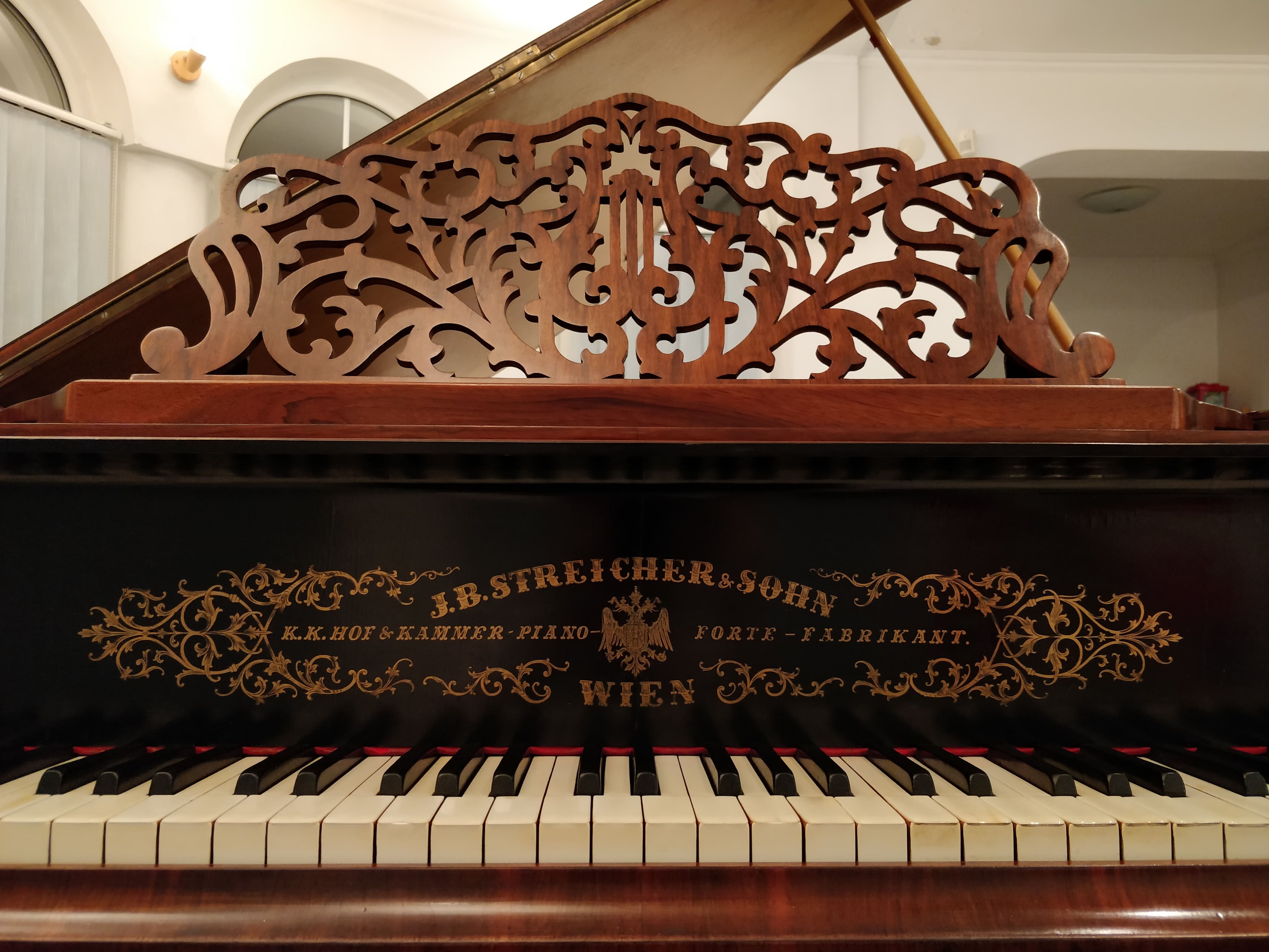




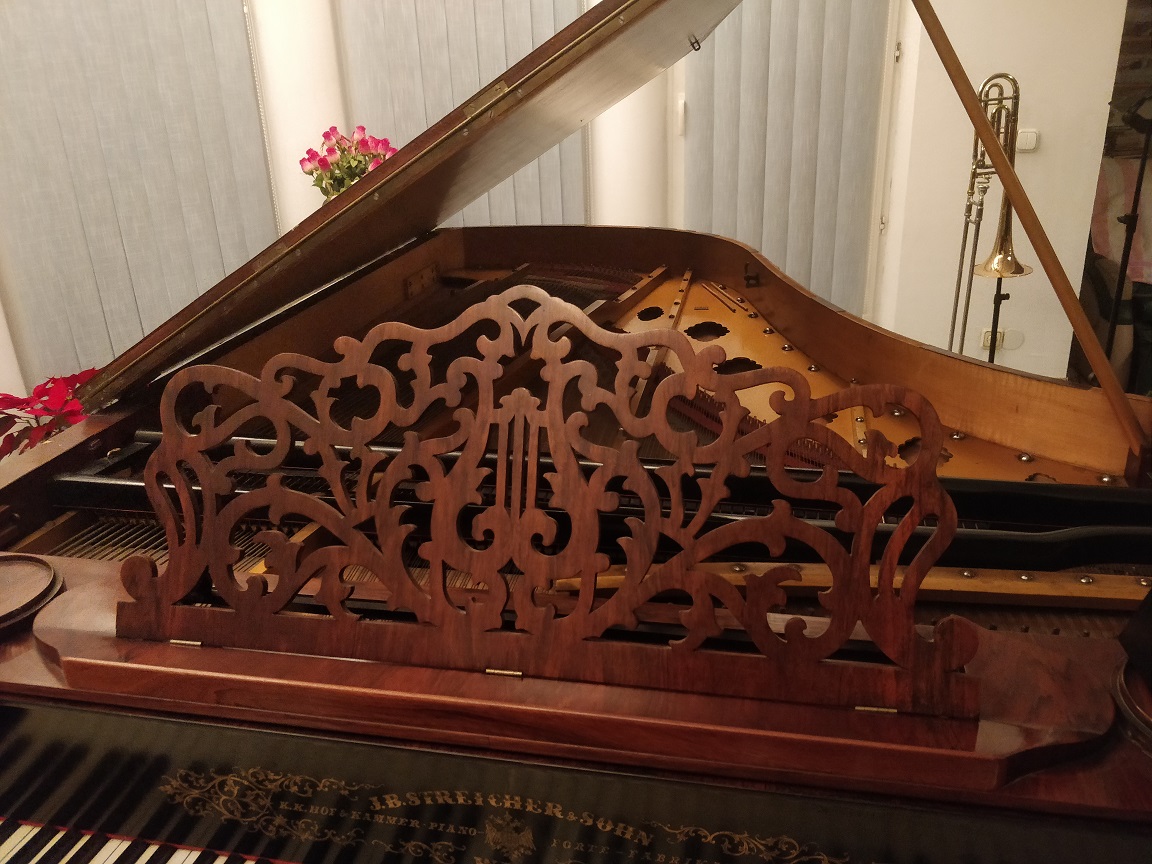
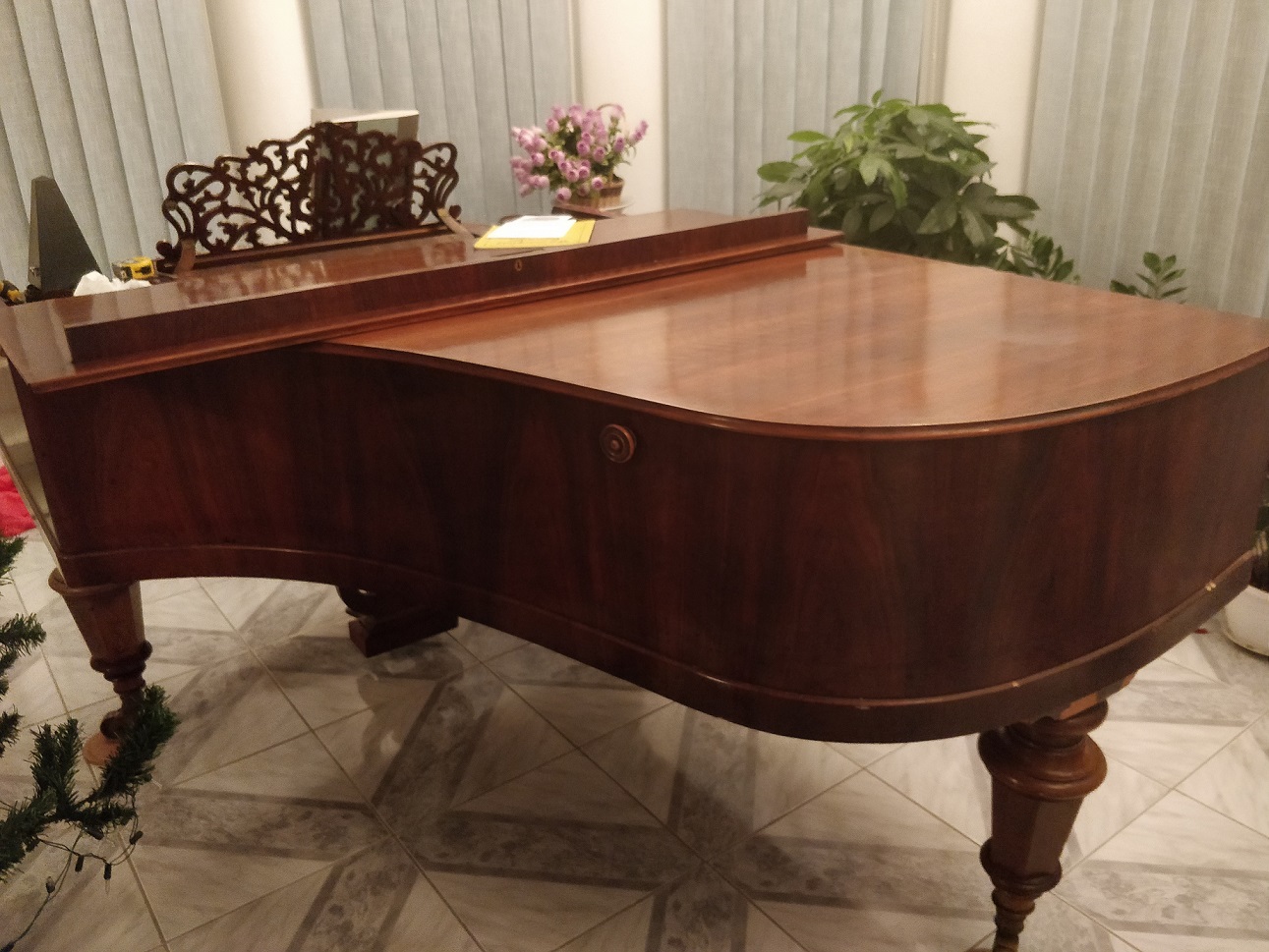
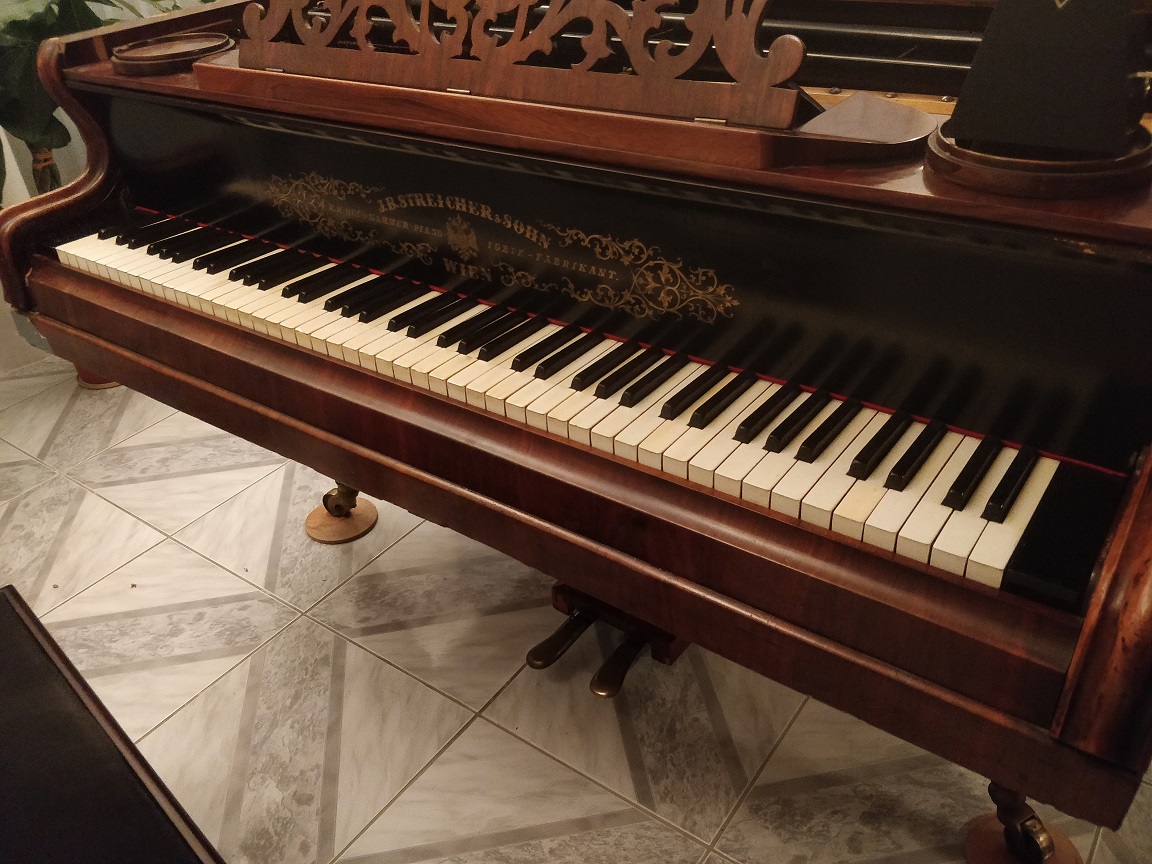
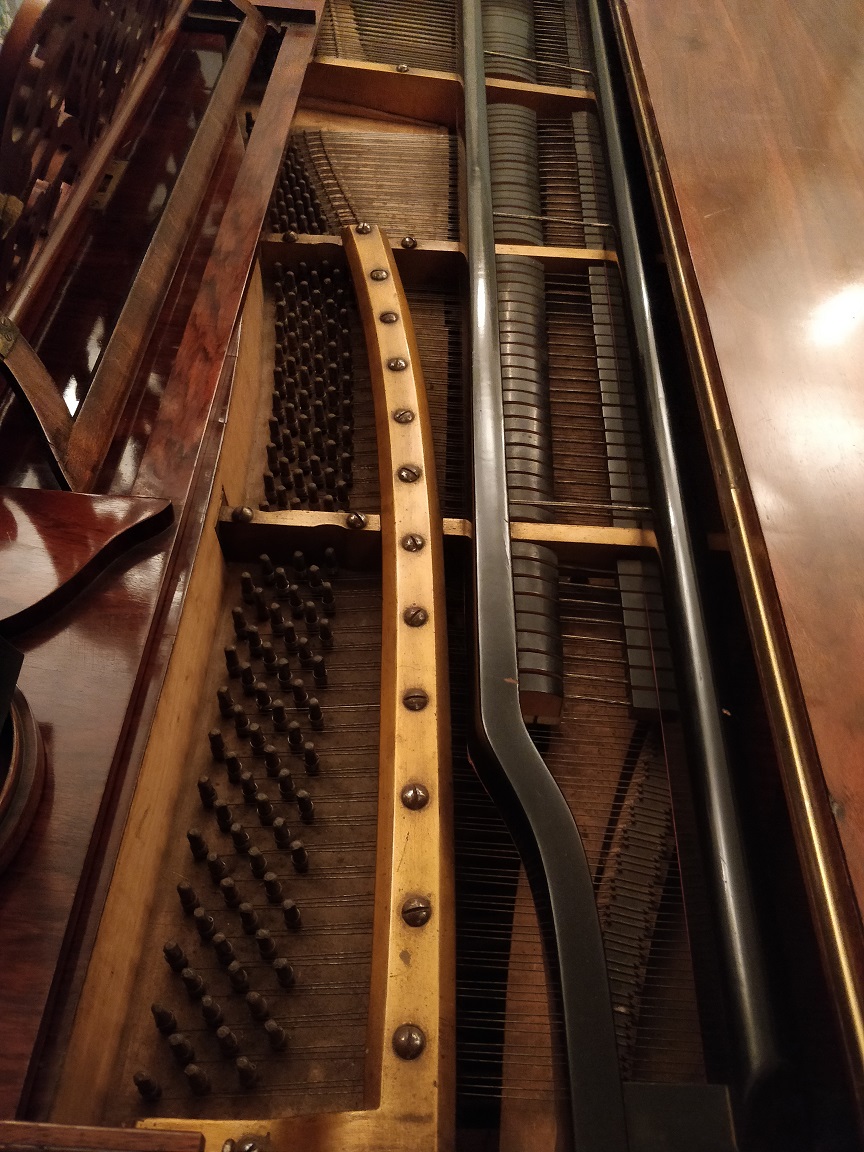
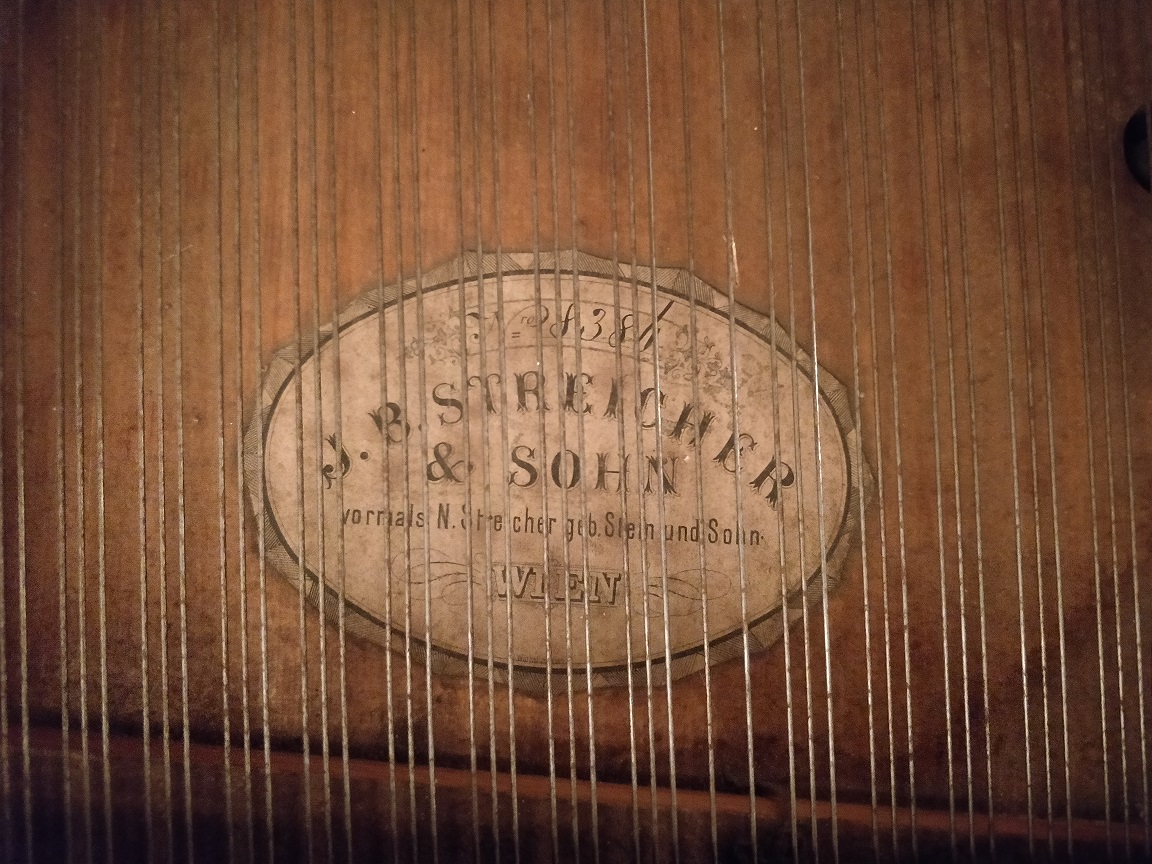
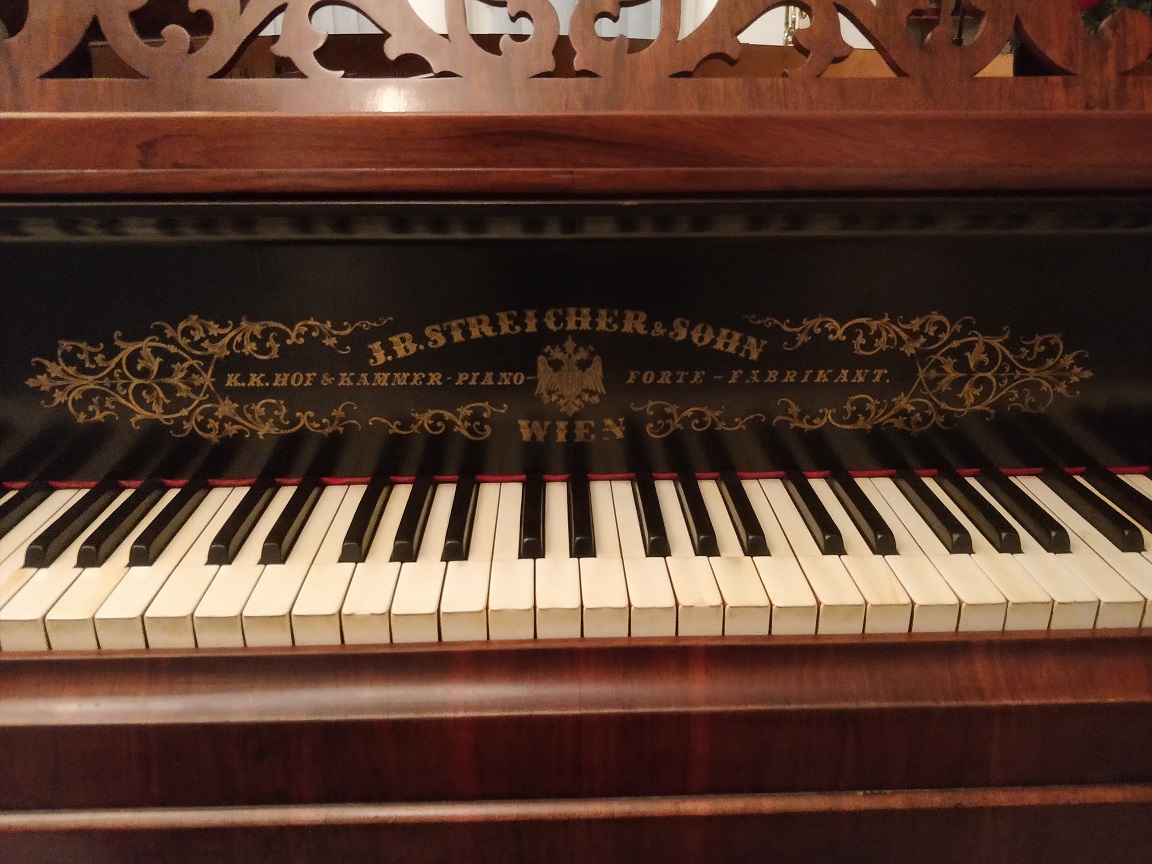

Good luck!